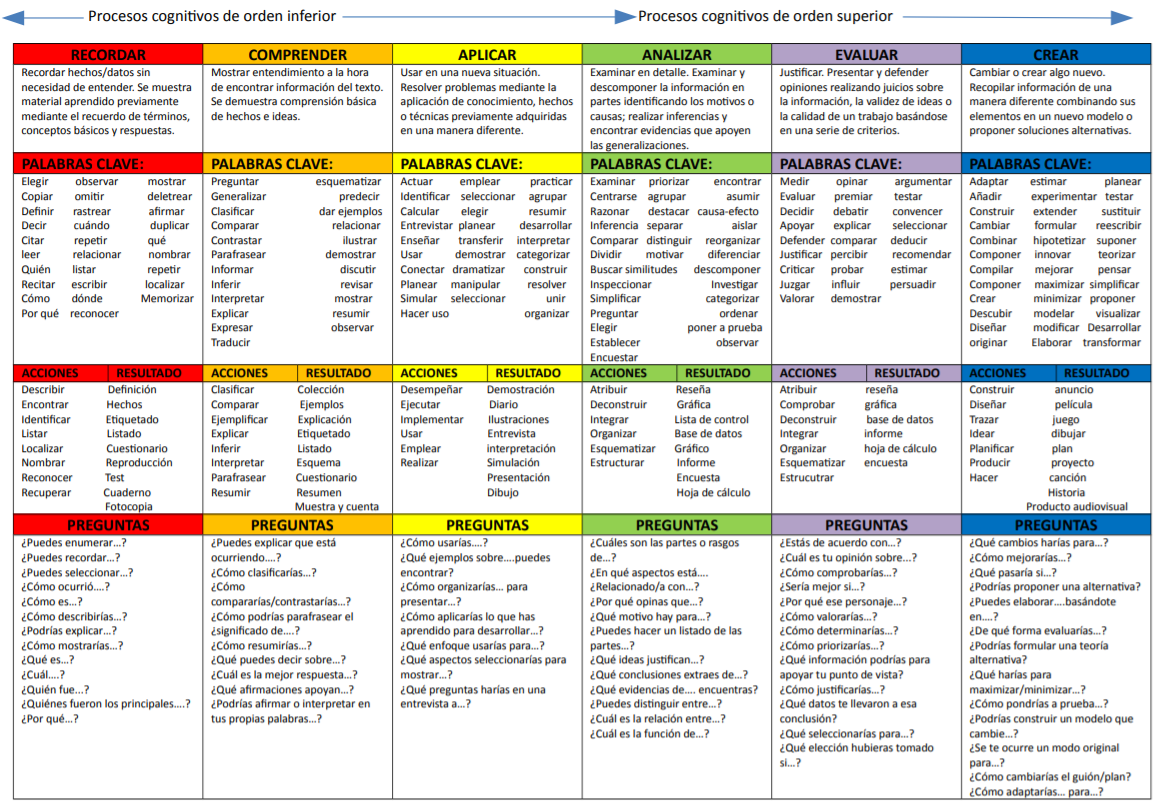Tip: Learn how to write a good objective for your courses
At Nivelat we use the Bloom Anderson classification, a list of skills in ascending order that allows us to identify and order what learning we want to achieve with the players.
These are the 6 levels of learning described in this categorization:
Level 1: Remember
Level 2: Understanding
Level 3: Apply
Level 4: Analyze
Level 5: Evaluate
Level 6: Create
To apply this to your Nivelat courses, we recommend that you define what you want to achieve in the learning of your collaborators and to do so, write a clear objective for each course, unit and stage.
Here are some examples you can use:


Did we miss something? Don't worry! If you have any questions or queries, please email the support team and they will help you at soporte@nivelat.com ✌️
Related Articles
Duplicate: Courses and Units
Currently, duplication of courses or units is implemented when course modifications or content updates are required. This functionality can also be used to adapt content for the different profiles or training programs that a collaborator may have or ...Step 1: Organize your content
How are the courses organized? The courses have a hierarchy to be able to organize the contents in a logical and orderly manner. Each course has units and within the units the contents are organized into stages. Each stage has its own learning ...Features of images in interactions
Interactions that can carry images are: Feedback Taps True-False Categories Sequence Sentence The format Images must be in one of the following formats: JPG, SVG, PNG, and GIF. Be careful! The lighter the image, the faster it will load and the better ...Before you start: Get to know the end-user view 🧑💻.
Before starting to create and edit content in Nivelat, it is essential to understand how end users view programs, courses and their content: 1. To do this, we invite you to enter your platform, go to your profile in the upper right area and select ...How to create an interaction: Reordering
What is it? Interaction with steps to order For what do you use it? To order procedures or steps to follow Some tips! All sentences must have the same structure (e.g., they must all begin with an infinitive verb, or with a subject, etc.) How is it ...